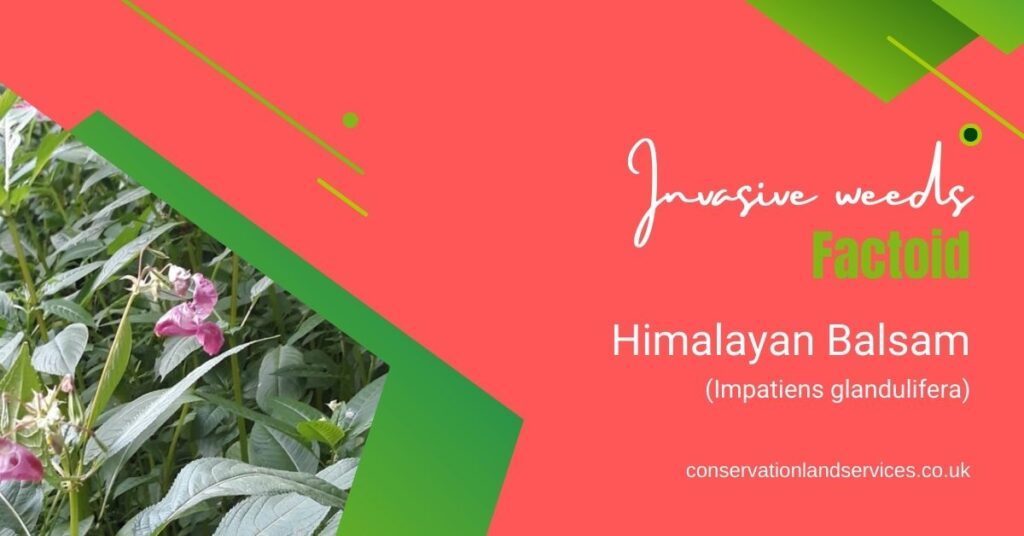Contents
- Introduction
- Key Differences
- Flowering Times
- Distinct Features
- Habitat Preferences
- Identification Tips
- Ecological Impact
- Conclusion
Introduction
In this blog post, we explore the key differences between Red Campion (Silene dioica) and Himalayan Balsam (Impatiens glandulifera). Join us as we compare these two plants side by side, focusing on their distinct features and flowering times. Understanding these differences is crucial for accurate identification and effective management, especially given the invasive nature of Himalayan Balsam.
Key Differences
Flowering Times
One of the most noticeable differences between Red Campion and Himalayan Balsam is their flowering times. Red Campion typically blooms from April to October, with peak flowering occurring in May and June. In contrast, Himalayan Balsam flowers from June to October, with its peak in July and August. This difference in flowering times can help you distinguish between the two plants, especially during the early summer months.
Distinct Features
Red Campion and Himalayan Balsam have several distinct features that set them apart. Red Campion is a perennial plant with pink to red flowers and hairy stems. Its leaves are opposite, simple, and have a slightly hairy texture. Himalayan Balsam, on the other hand, is an annual plant with pink to purple flowers and smooth, hollow stems. Its leaves are opposite, serrated, and have a distinct, unpleasant odor when crushed.
Habitat Preferences
Red Campion and Himalayan Balsam also differ in their habitat preferences. Red Campion is commonly found in woodlands, hedgerows, and grasslands. It thrives in shaded or partially shaded areas and is often seen in gardens and along roadside verges. Himalayan Balsam, however, prefers damp, shaded areas such as riverbanks, streams, and wetlands. It is often found in disturbed areas and can quickly dominate the understory of woodlands.

Identification Tips
To accurately identify Red Campion and Himalayan Balsam, look for the following key features:
- Red Campion:
- Pink to red flowers
- Hairy stems
- Opposite, simple leaves with a slightly hairy texture
- Found in woodlands, hedgerows, and grasslands
- Himalayan Balsam:
- Pink to purple flowers
- Smooth, hollow stems
- Opposite, serrated leaves with a distinct odor when crushed
- Found in damp, shaded areas such as riverbanks and wetlands




Ecological Impact
Understanding the ecological impact of these plants is crucial for effective management. Red Campion is a native plant that plays a vital role in supporting local ecosystems. It provides habitat and food for various wildlife species and contributes to the biodiversity of the UK’s natural landscape.
Himalayan Balsam, however, is an invasive species that can have a significant negative impact on local ecosystems. It spreads rapidly and can outcompete native plants, reducing biodiversity and altering habitat structure. Its shallow root system also contributes to soil erosion, particularly along riverbanks.
Conclusion
In this blog post, we have explored the key differences between Red Campion and Himalayan Balsam, focusing on their distinct features and flowering times. Accurate identification is crucial for effective management, especially given the invasive nature of Himalayan Balsam. By understanding these differences, you can contribute to the preservation of local ecosystems and the promotion of biodiversity.
Stay tuned for more informative blog posts on plant identification and management. Like and share this post to help others learn about these fascinating plants. Comment below with your own experiences or questions about Red Campion and Himalayan Balsam.
Thank you for reading, and happy plant identifying!
Resources
Red Campion (Silene dioica)
Woodland Trust – Red Campion Profile
Explore the ecological importance of Red Campion and its role in supporting pollinators.
https://www.woodlandtrust.org.uk/trees-woods-and-wildlife/plants/wild-flowers/red-campion/
Plantlife – Red Campion
Detailed information on identifying Red Campion and its habitat preferences.
https://www.plantlife.org.uk/plants-and-fungi/red-campion/
Gardeners’ World – How to Grow Red Campion
Practical advice on cultivating Red Campion in UK gardens.
https://www.gardenersworld.com/how-to/grow-plants/red-campion/
BBC Gardening – Red Campion Plant Finder
Insights into growing conditions and characteristics of Red Campion.
https://www.bbc.co.uk/gardening/plants/plant_finder/plant_pages/12799.shtml
Himalayan Balsam (Impatiens glandulifera)
Invasive Species Northern Ireland – Himalayan Balsam ID Guide (PDF)
Comprehensive identification guide with control measures.
CABI – Biological Control of Himalayan Balsam
Research on sustainable biological control methods for this invasive species.
https://www.cabi.org/projects/biological-control-of-himalayan-balsam
It is not advisable to try to remove many invasive weeds yourself
For more information on Himalayan Balsam control or to schedule a consultation, contact our team of experts today. Let’s work together to keep our communities safe











